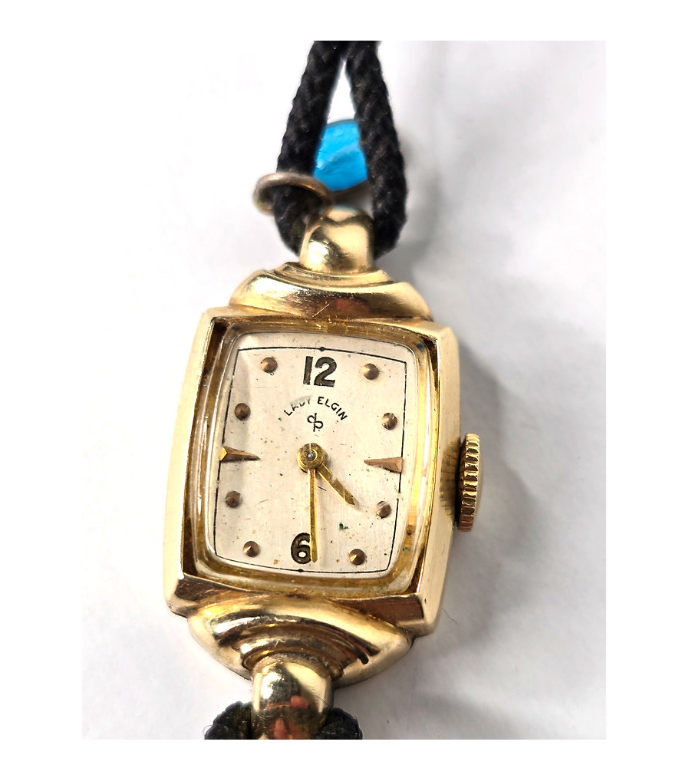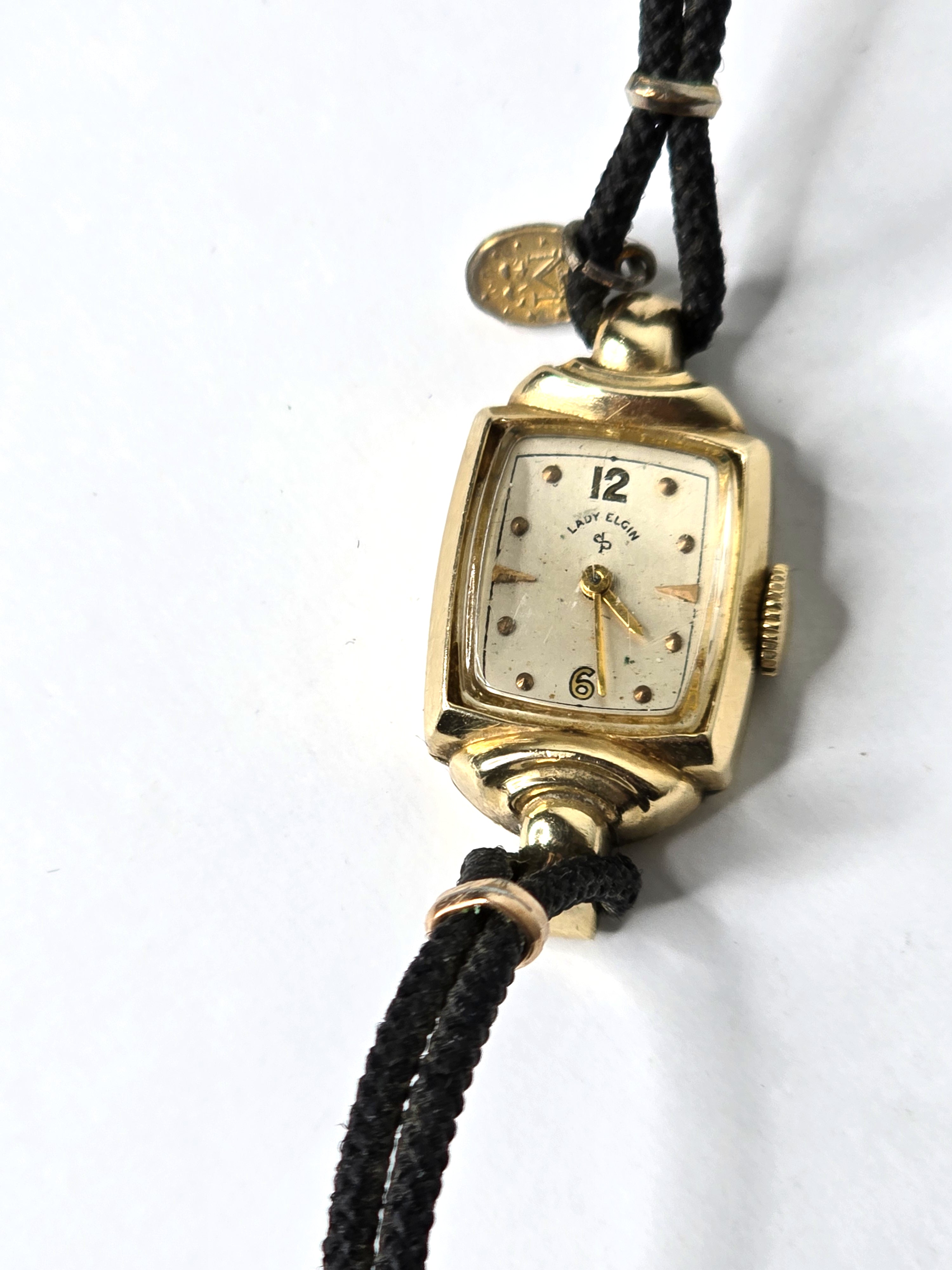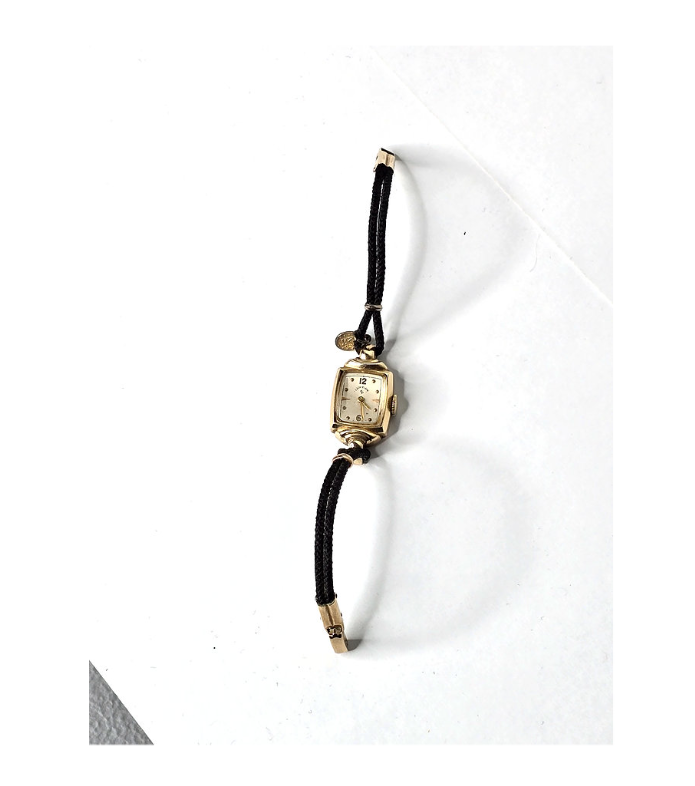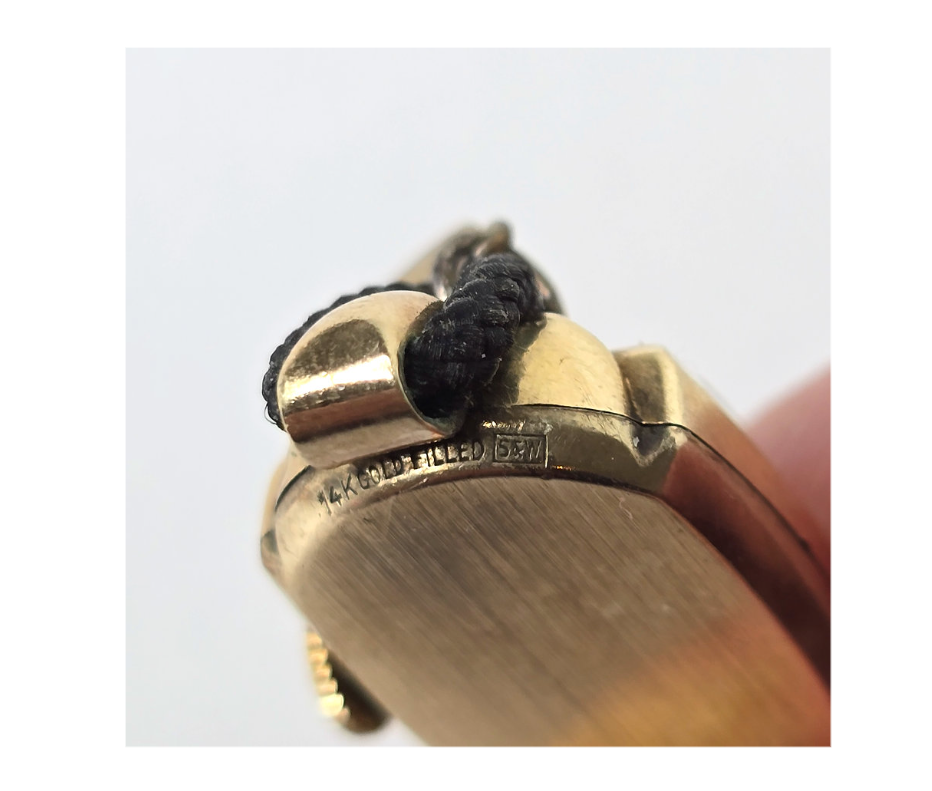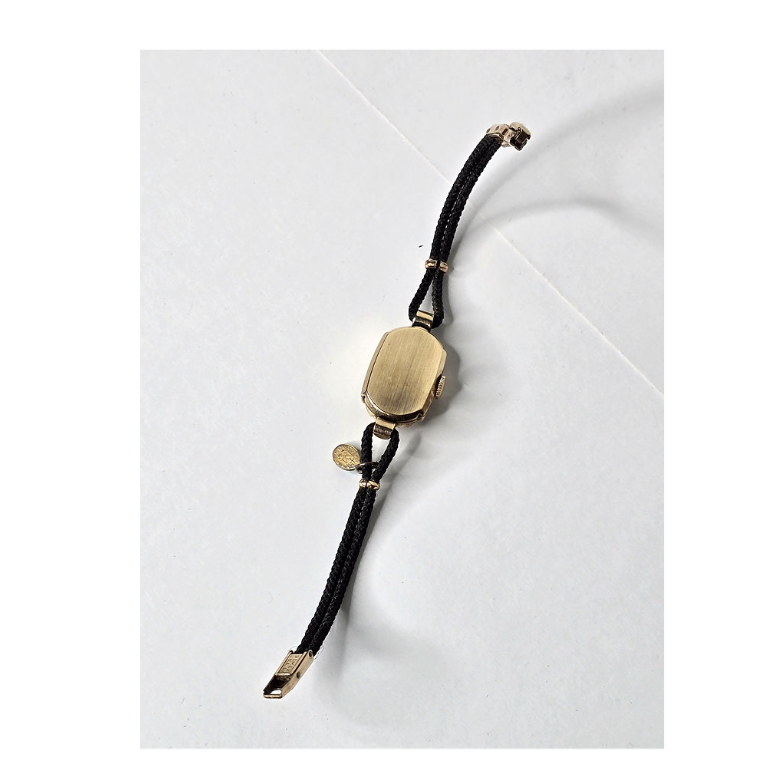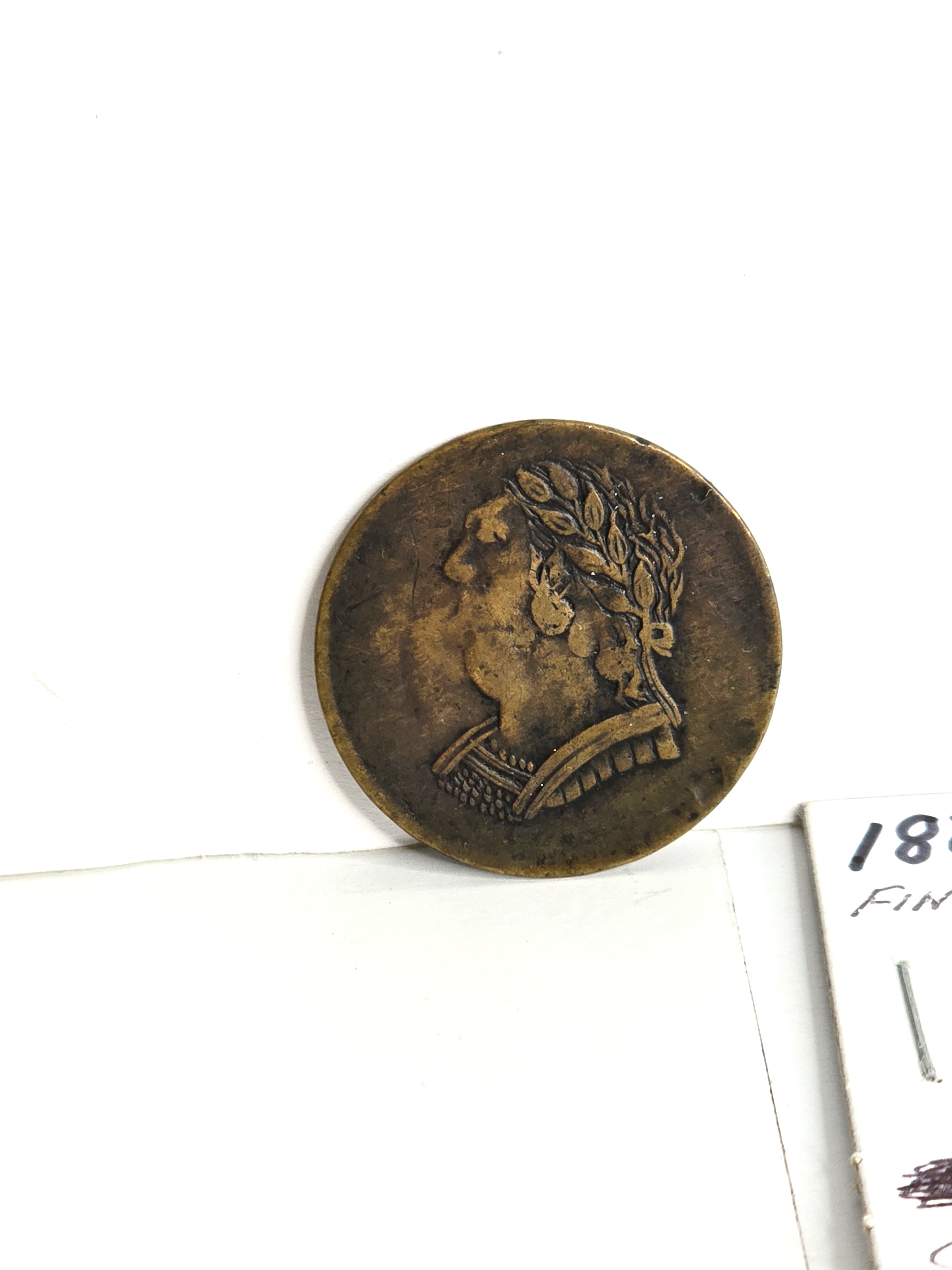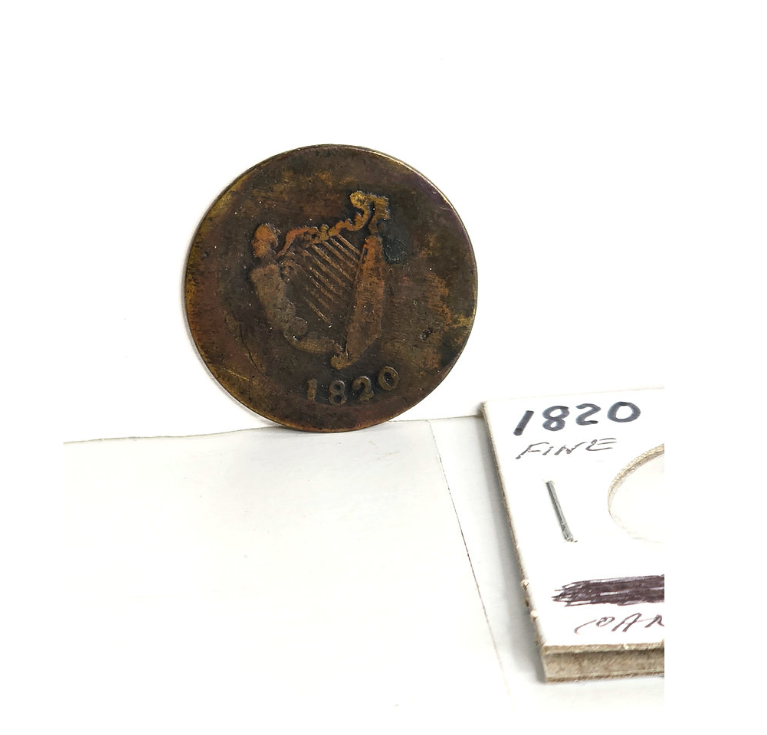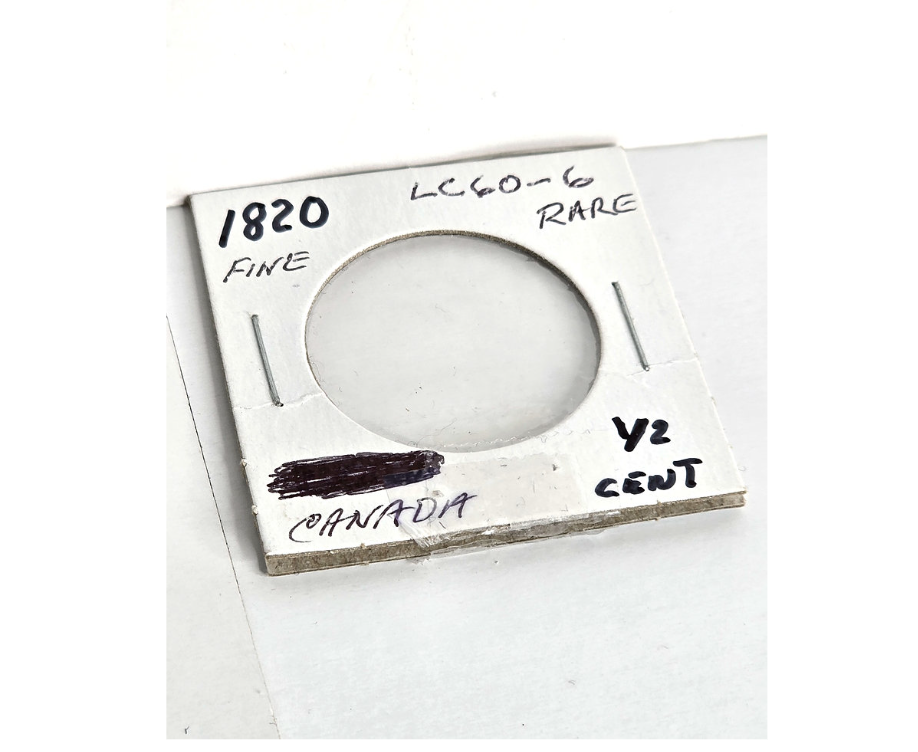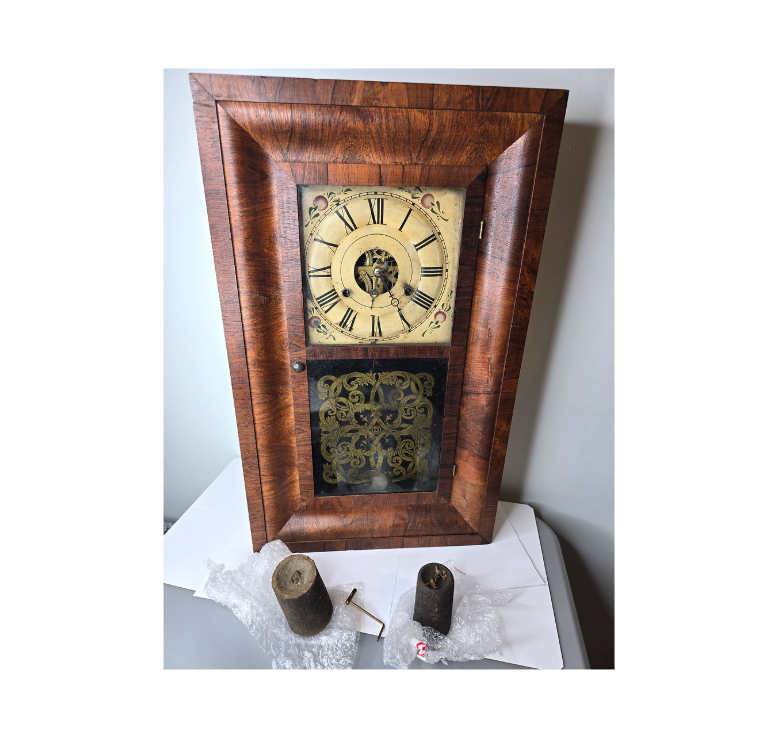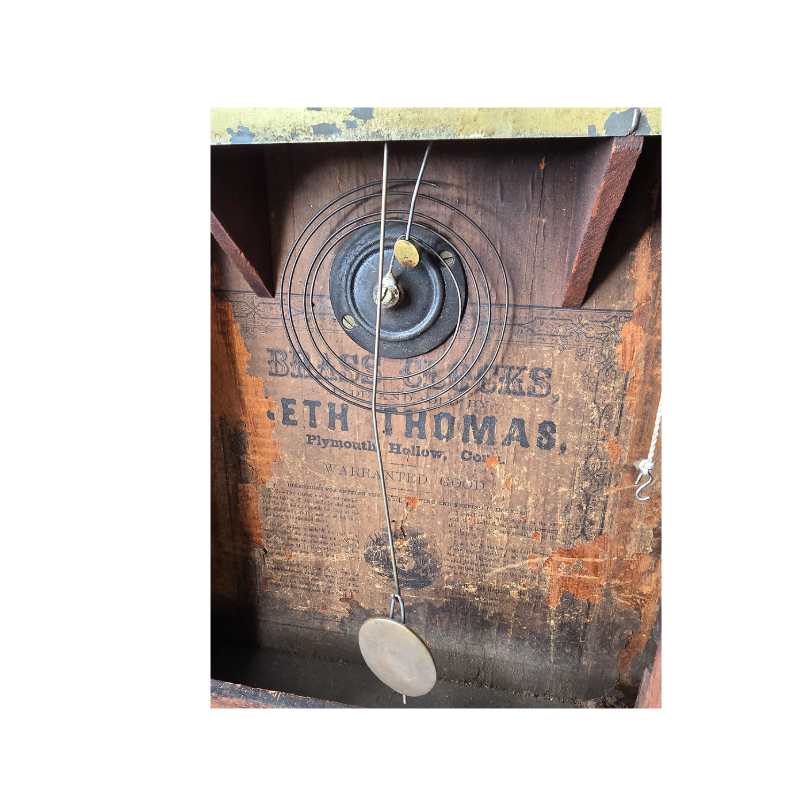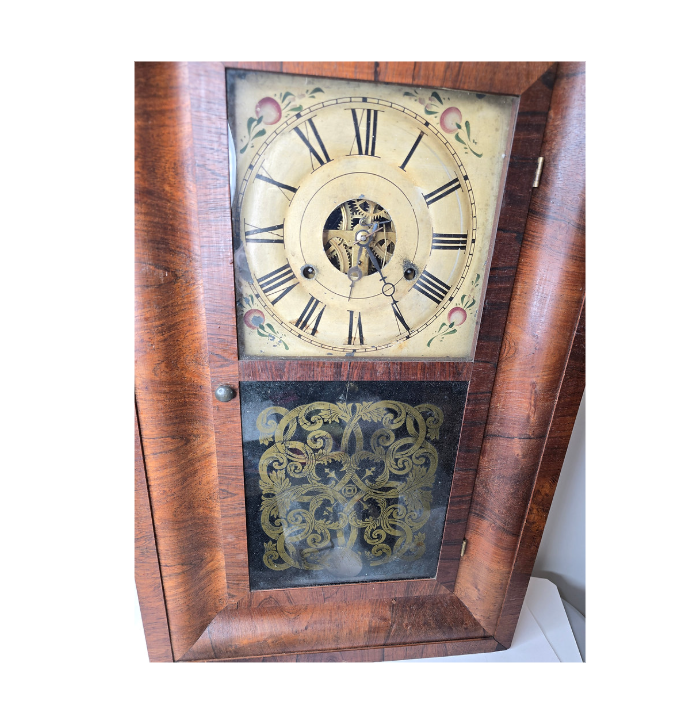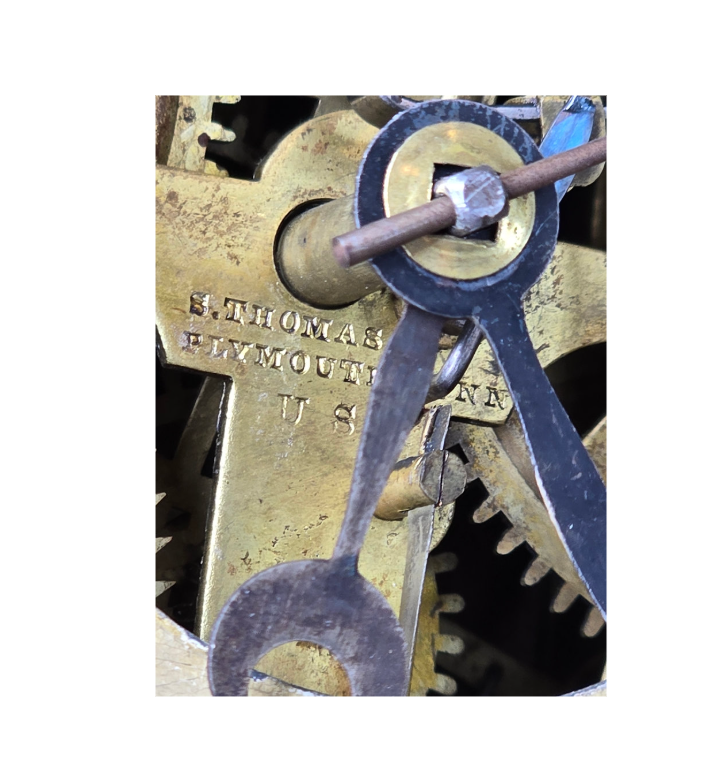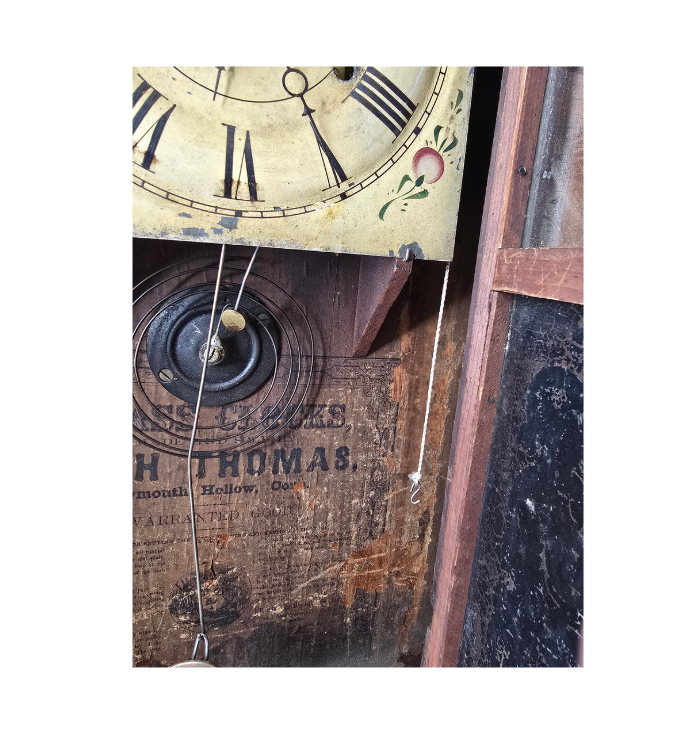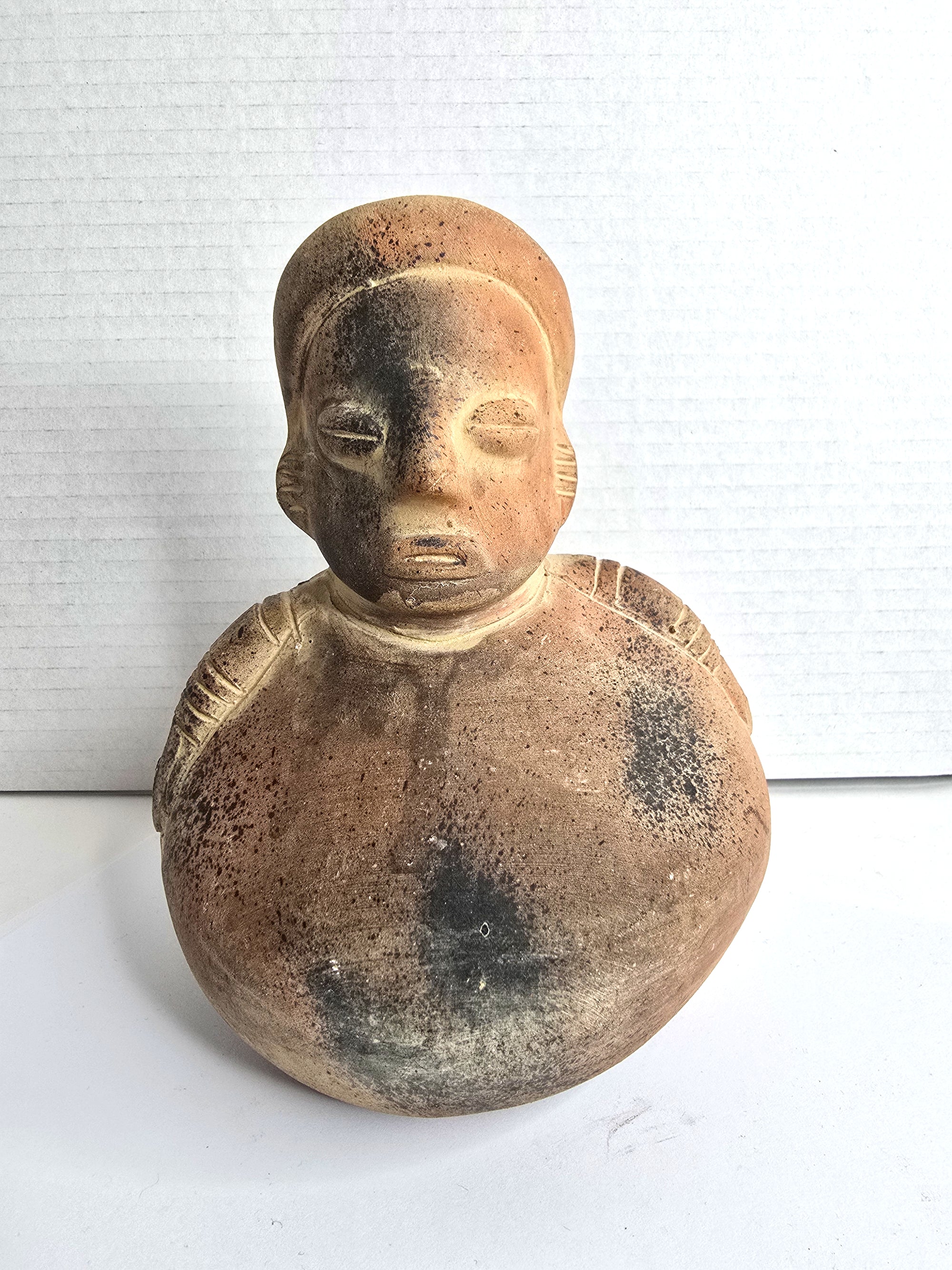
Antique West Mexican Funerary Vessel Vase Colima Culture Artifact - A valuable art home decor piece and antique investment - Good Condition given age, see photos - Measures 7" H x 6" W ... Includes FREE SHIPPING. Note the projected collectibles, vintage, antiques, and memorabilia, U.S. market shows substantial growth on-average 6.5% Compound Annual Growth Rate (CAGR) to reach $280 Billion revenue by 2033.
Based on an examination it appears to be a Pre-Columbian artifact from the Colima culture of West Mexico. This type of figural vessel is a hallmark of what is known as the West Mexican shaft tomb tradition, a culture that flourished in the present-day states of Colima, Jalisco, and Nayarit.
Identifying the Maker and Time Period
The key characteristics that point to a Colima origin include:
- Artistic Style: The vessel features a highly polished, reddish-brown slip. The face is rendered with stylized features, including incised "coffee-bean" eyes and a simple mouth and nose, which are classic traits of the Colima style.
- Form: The piece is a figural effigy vessel, with a globular body and a neck and head representing a human figure. This form is common in the ceramic art of the region.
- Surface Markings: The distinctive black patches, often called "fire clouds," are the result of the firing process. Colima potters used a low-temperature firing method where the vessel would come into direct contact with flames and fuel in an open-air pit, creating these beautiful, mottled surface effects.
History and Purpose of the Item
This vessel was not intended for everyday use but was created specifically as a funerary object. The Colima people, along with their neighbors in Jalisco and Nayarit, are famous for their unique burial practice of creating deep, multi-chambered tombs accessed by a vertical shaft, sometimes descending as deep as 50 feet.
These tombs were reserved for the elite members of society and were filled with a rich array of ceramic offerings. The objects placed within the tombs were meant to accompany the deceased into the afterlife and often depicted scenes and figures from daily life, including warriors, musicians, family groups, and various animals.
This particular vessel, representing a seated individual, would have been placed in a tomb as a companion or servant for the deceased. These figures provide archaeologists and historians with an invaluable "snapshot" of the customs, social roles, and beliefs of a culture that left behind no written records. The figures were believed to house the spirits of the dead and to serve them in the underworld.
In summary, the artifact is a significant piece of funerary art from the Colima culture of ancient West Mexico. Crafted by a skilled potter nearly two thousand years ago, its purpose was to serve as a sacred offering within a subterranean tomb, accompanying a high-status individual on their journey into the afterlife.



